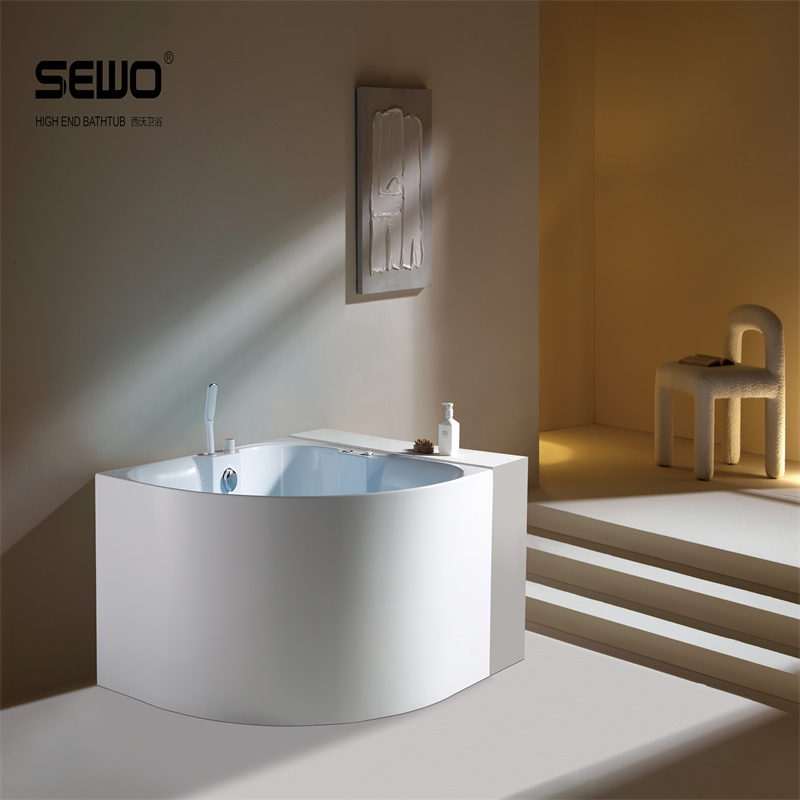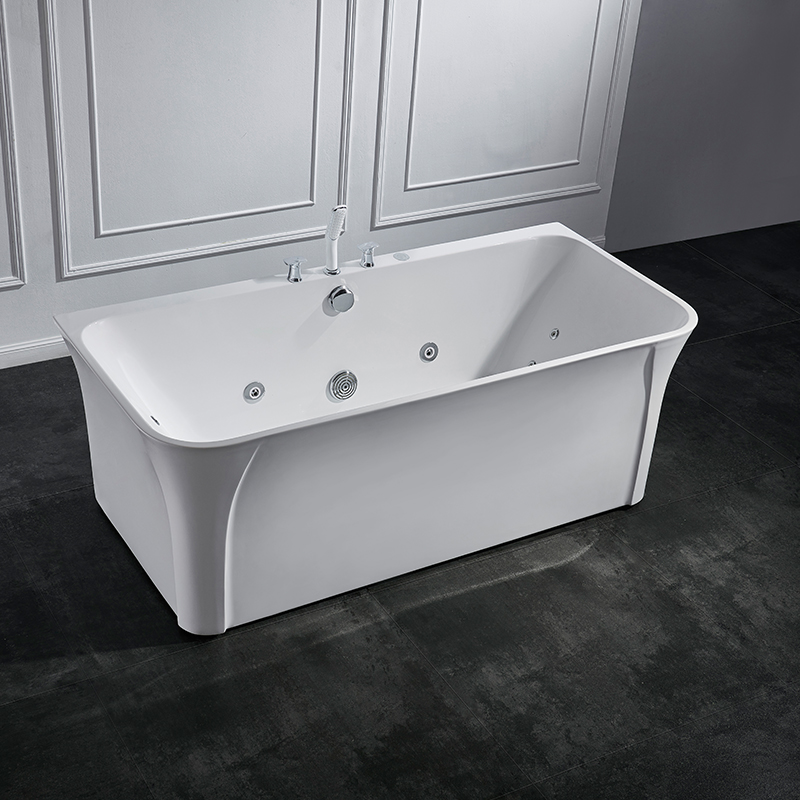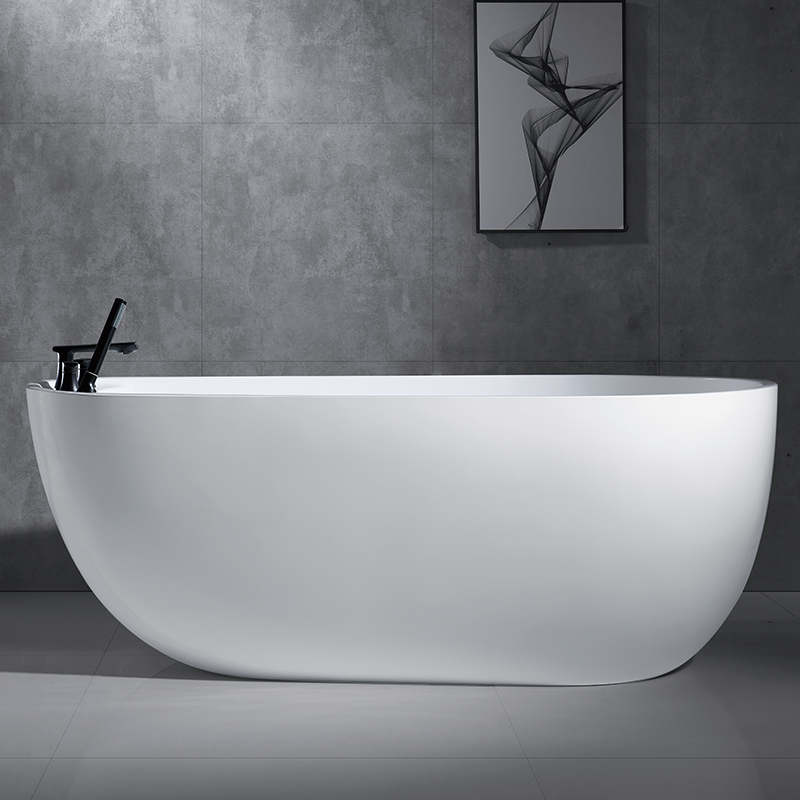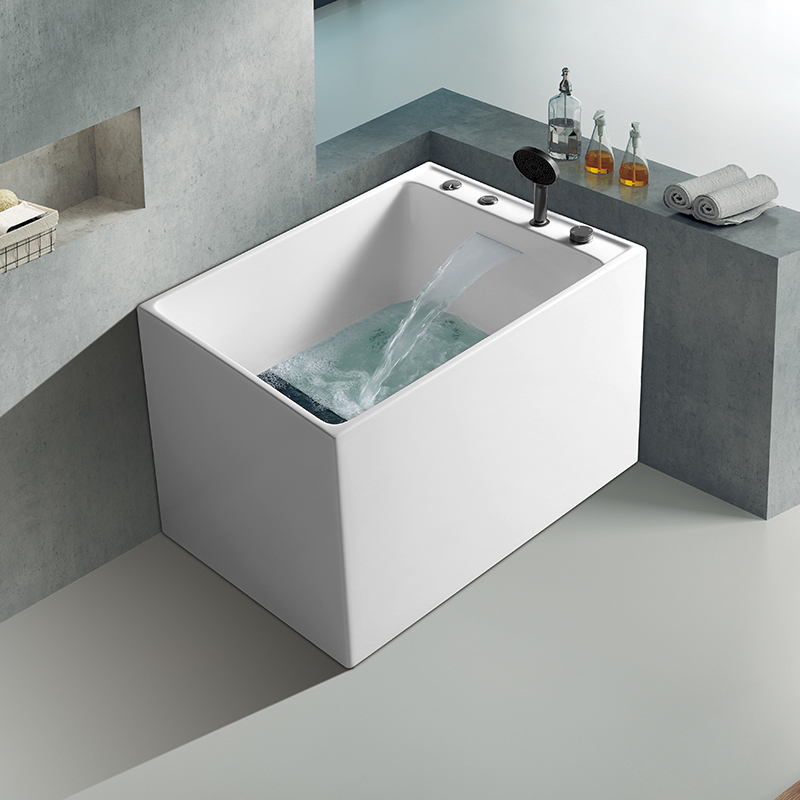Adding appropriate ingredients when taking a bath can enhance the relaxation effect and skin health. It is recommended to choose five common materials: salt, baking soda, milk, essential oils and Chinese herbal medicine packages.

Coarse salt or sea salt can soften the stratum corneum and promote metabolism, and is especially suitable for relieving muscle soreness after exercise. The osmotic pressure of salt can help eliminate toxins on the surface of the skin, but for those with damaged or sensitive skin, the concentration should be reduced to avoid irritation.
Weakly alkaline baking soda can neutralize the acidic environment of the skin and relieve eczema and itching. Adding 50 to 100 grams per bathtub can gently clean pores and balance oil secretion, making it suitable for people with oily skin.
Whole milk contains lactic acid and fat, which can gently exfoliate and moisturize. The ancient Egyptian Queen bath uses this method. It is recommended to mix 500 milliliters of milk with warm water, with the water temperature not exceeding 40℃ to avoid protein denaturation
Lavender essential oil helps with sleep and stress relief, while tea tree essential oil has antibacterial and anti-inflammatory effects. When in use, it should be diluted with the base oil. Do not exceed 10 drops each time. Pregnant women and epilepsy patients should avoid using irritating essential oils such as rosemary.
Mugwort bags can dispel cold and dampness, making them suitable for women during their menstrual period. Chrysanthemum buns can clear heat and improve eyesight, making them suitable for those who overuse their eyes. It is recommended to put the medicinal materials in a gauze bag, boil them and then mix them with bath water to avoid direct contact with the skin to prevent allergic reactions.
It is advisable to keep the bath time within 15 to 20 minutes and maintain the water temperature at 38 to 40 degrees Celsius. After taking a bath, apply body lotion promptly to lock in moisture. Patients with cardiovascular and cerebrovascular diseases need to shorten the soaking time. Functional baths 2 to 3 times a week are sufficient. Excessive use may damage the skin barrier. Deep breathing and light music can enhance the soothing effect, but it is not advisable to take a bath within one hour after a meal to avoid affecting digestion.
Dried flowers such as roses, chrysanthemums and jasmine can not only enhance the atmosphere during a bath, but also emit a charming fragrance, which helps relieve physical and mental fatigue and increase the pleasure of taking a bath.
Essential oil baths are more flexible and diverse. You can choose different essential oils according to your personal needs.
For instance, when taking a bath in the early morning, one can choose essential oils with invigorating effects, such as rosemary essential oil, eucalyptus essential oil, mint essential oil or tea tree essential oil. These essential oils can help people quickly regain their energy and welcome a new day.
Adding natural plant or mineral ingredients when taking a bath can enhance the relaxation effect. Common choices include mugwort, ginger, bath salts, milk and essential oils. These materials respectively have the functions of promoting blood circulation and dispelling cold, soothing the skin and relieving fatigue, etc. The choice should be based on an individual's constitution and needs.
When taking a bath before going to bed, you can choose essential oils that are helpful for sleep, such as lavender essential oil, etc. They can help people relax and promote sleep.Bathing with mugwort can promote blood circulation, relieve joint pain and muscle fatigue. Its volatile components have an auxiliary improvement effect on the initial symptoms of wind-cold colds, and it is especially suitable for use in autumn and winter. Fresh mugwort should be boiled to extract the juice and poured into the bathtub. Dried mugwort can be directly wrapped in gauze for soaking. People with sensitive skin are advised to conduct a small area test first.Cutting ginger into slices or juicing it and adding it to the bathtub can accelerate body heating and improve the symptoms of cold hands and feet. The gingerol in ginger can dilate capillaries and relieve nasal congestion and headache caused by mild wind-cold. It is recommended that the water temperature be controlled below 40℃ and the soaking time not exceed 15 minutes to avoid excessive sweating which may lead to collapse.
Lavender or chamomile essential oil should be diluted with a base oil first and then added to the bathtub. 3 to 5 drops will produce a soothing effect. Essential oil molecules can regulate emotions and relieve anxiety when inhaled through steam. Do not pour it directly into the bathtub as it may irritate the mucous membranes. Pregnant women should avoid using essential oils such as rosemary and mint that have the effect of promoting menstrual circulation.The water temperature for taking a bath is recommended to be maintained at 38-40℃, and the duration should be controlled within 20 minutes. Drink 200 milliliters of warm water before and after soaking to replenish fluids. Hypertensive patients should avoid water levels exceeding the heart. Take a bath no more than three times a week. Excessive cleansing may damage the skin barrier. Combining citrus essential oils can boost energy. Using magnesium-containing bath salts before going to bed can help improve sleep quality. After taking a bath, apply body lotion promptly to lock in moisture. Diabetic patients need to pay special attention to the water temperature to avoid scalding.




